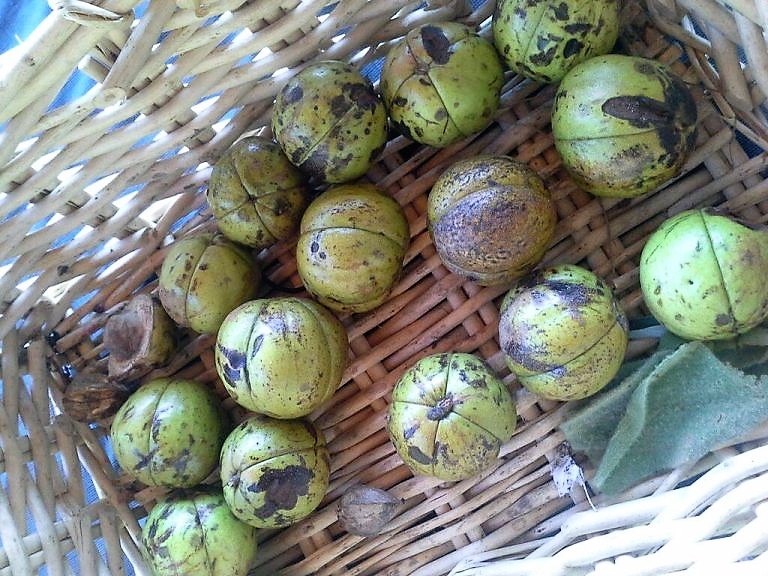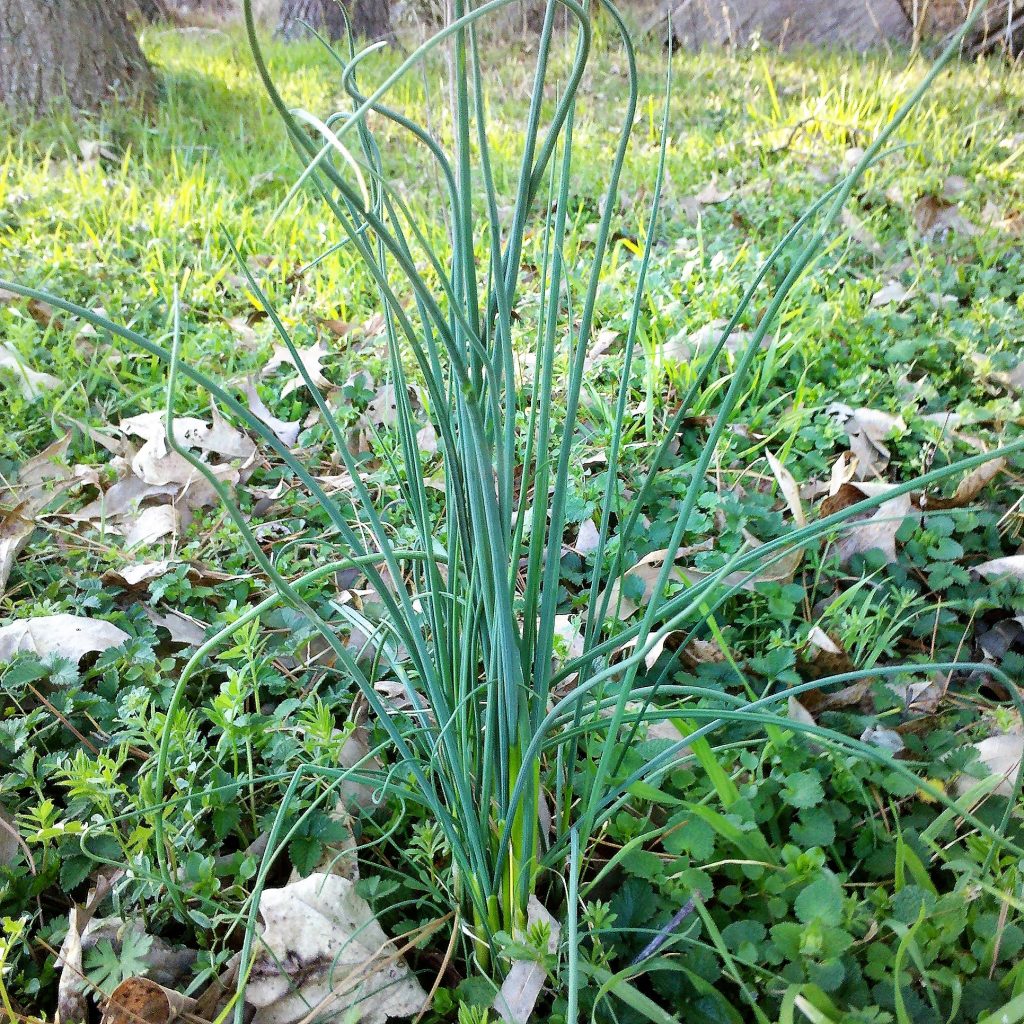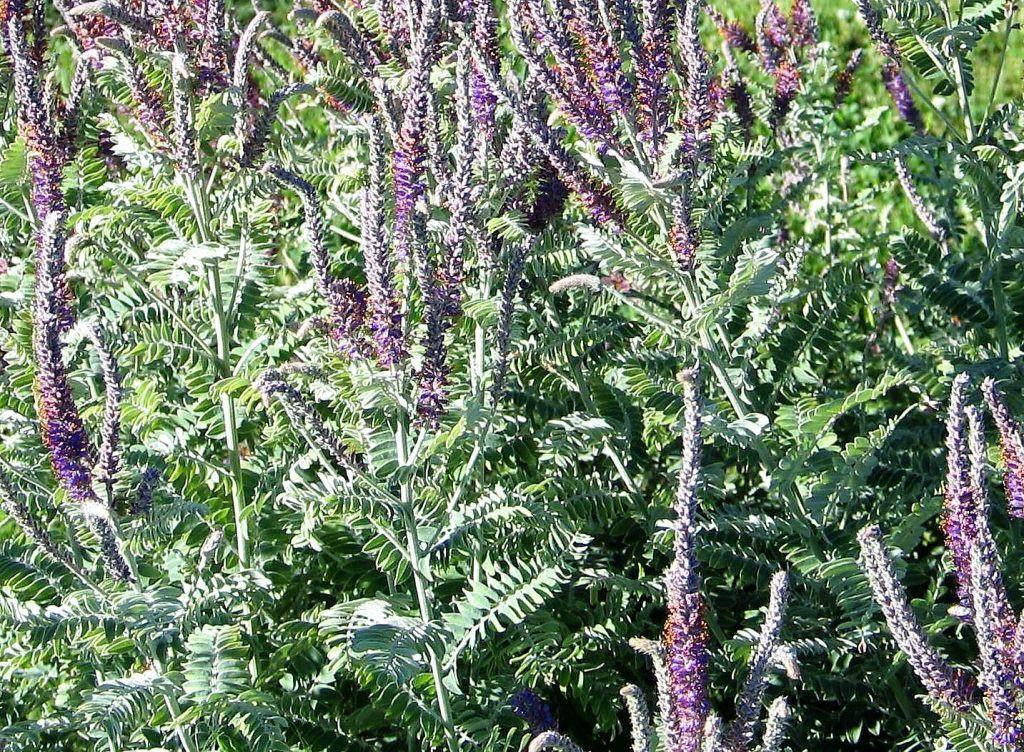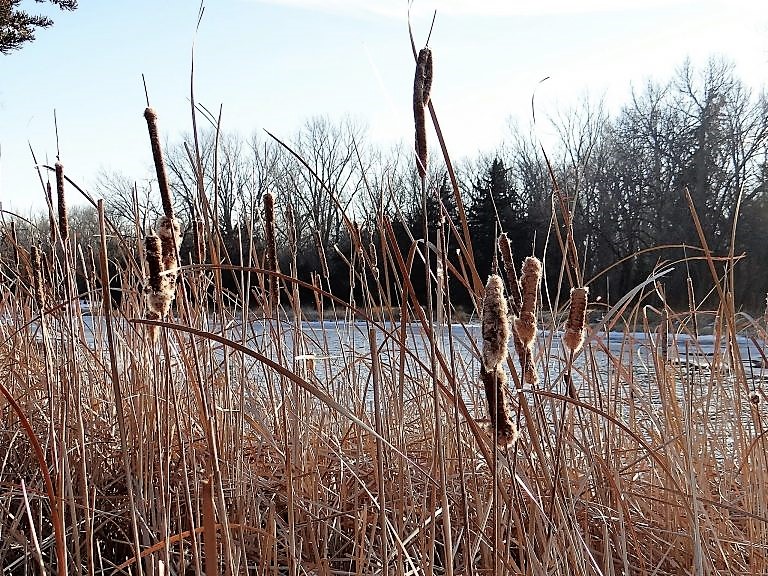It’s autumn. Much precipitation has fallen already. It’s heavy sweatshirt weather. It’s the season for football and pumpkin-spiced everything. And, it’s time to pick pumpkins and harvest the last of the tender crops from your vegetable garden.
But, did you know that that beyond that pumpkins, the squash and the tomatoes, fall marks the time of year for gathering and preparing tasty edible wild plants (or parts thereof) from wild places?
Sure does.
The landscape that surrounds us in Nebraska is actually more lush with wild edible plant material during autumn than you would think.
I believe it’s a good thing for us to understand what’s out there to collect and consume, particularly in the fall. Being aware of wild plants, especially some of the edible ones, makes us well-rounded outdoor enthusiasts. We become further familiar with our natural world.
Trust me, I know what you’re thinking at this point: “No way am I picking and eating wild plants, I don’t want to get the wrong one and get sick or maybe die!”
Am I right?
Yes, I am.
Bear with me here because I want you to keep in mind that there are certain wild plants that are easy to identify, abundant, nutritious and exceptionally tasty, too!
As Euell Gibbons, noted outdoorsman and major proponent of eating wild foods, always said, “You don’t need to learn about all the plants you don’t want to forage. Just know – really know – the few you do want to harvest from the wilds.”
In fact, I have five of them that are my fall favorites. I often look for them while I am out hunting in the fall. I invite you to make plans to visit some of Nebraska’s wild places this fall to collect the rewards of these very recognizable five wild plants:
Shagbark hickory (nuts).
Shagbark hickory nuts rank right up there with fall’s top wild edibles. They have tremendous flavor!
Shelling the nuts of Carya ovata though is a lot of work. After peeling off the outer husk, the hard shell must be broken with a hammer or mallet (be careful). Then, the meat of the nut has to be extracted. Therein lies the exertion. Approximately one pound of nutmeats takes up to about 3-4 hours to remove which is probably the reason you don’t see hickory nuts much in supermarkets, farmer’s markets and restaurants. But, the effort to shell and toast or roast them is absolutely worth it! The nut’s luscious flavor combination of sweet and smoky is unmatched! I would tell you that lightly toasted or roasted shagbark hickory nuts possess a flavor that is a sort of a hybrid between a walnut and a pecan, which are in the same family. You can use them as a substitute for pecans in recipes.
Nutritionally, unless there is an allergy to nuts and nut products, adding shagbark hickory nuts to your diet provides a unique source of numerous essential minerals, organic compounds and nutrients!
Hickory species like the shagbark were valued food sources for Native American tribes as well as early settlers.
By the way, you simply can’t miss this 50-60 foot tall hardwood tree known for its “shaggy” bark, which exfoliates in long strips as the tree matures, points out Justin Evertson, Green Infrastructure Coordinator for the Nebraska Statewide Arboretum, Inc. He adds that the shagbark hickory has large, deep green, compound leaves that can turn a bright yellow in fall.
Evertson says the shagbark is relatively abundant on rich soils in Nebraska’s oak-hickory woods from the Omaha area south to the Rulo Bluffs.

Persimmon (fruit).
When it’s autumn in Nebraska, we tend to think about picking and eating apples, don’t we? Well, set those apples aside because there is another wonderful fall ripening tree fruit available, the persimmon.
The American Persimmon, Diospyros virginiana, is a native or nearly native tree in Nebraska with an edible fall maturing fruit. The scientific name of this fruit is diospyros, which means “food of the gods.”
Information from the Nebraska Statewide Arboretum, Inc. indicates that this tree grows 35-60 feet tall and 20-35 feet wide. The oval-shaped leaves of persimmon are arranged alternately on branches. They are dark green above and pale green on the leaf underside. Probably the most unique characteristic of older persimmon trees is their bark which is grey-black and similar to a rock or cliff face. The chunky pattern almost resembles alligator skin.
Persimmon trees growing wild are usually male or female with just the females just producing fruit. The persimmon fruits mature typically in October or early November after the first hard frost of the year. Each fruit needs to be completely ripe (soft and kind of squishy and sticky with pale-orange, bright red, yellow or even a blue color) before they are eaten. Otherwise, they are extremely astringent, sour and intolerable to the taste buds.
Interestingly, after the leaves of the persimmon tree have dropped, much of the fruit will still remain attached to the branches through about the early part of December. They are still palatable, and you can even pick them up off the ground for consumption after you look them over. There are stories of early prairie pioneers in Nebraska gathering persimmon fruits in late fall when other foods and even wild game animals were hard to find.
The completely ripe persimmon fruits are truly a naturally sweet delicacy. Some say the ripe permission fruit has flavors reminiscent of butterscotch and caramel, and I would agree!
Per one cup of persimmon fruit pulp, there is 127 calories and a full day’s requirement of vitamin C. You can eat ripe persimmons fresh, picked directly from the plant, if desired, or make them into a sweet jelly, jam, pudding, butter, muffins, bread or pie. A few folks I know have even fermented them into a wine that has a gold-yellow tint to it.
Persimmon fruit may also be frozen for later use.

Wild Onion (bulbs and green tops).
Commonly called a ramp, the wild onion (Allium spp,) has been harvested for generations by Native Americans, hobby foragers and others.
As good, if not better than its domestic counterparts, wild onion is known as one of the super foods. Besides complimenting food dishes such as potatoes and eggs, it is high in vitamins, minerals and antioxidants. The wild onion is said to have many other health benefits including reducing the risk of cancer, obesity, high blood pressure and heart disease.
Wild onion is native to Nebraska with a few different varieties documented. Found mainly in the eastern and southern parts of the state, it is a long season crop that is frost-resistant.
To find wild onions, look for clumps of them growing along the sunnier edges of fields, grasslands and pastures. They seem to prefer drier prairie areas but can also be found in the openings of upland forests. Wild onions reach about 2-feet in height.
You can collect the bulbs of wild onions, but often, they are only around the size of a pea or slightly larger than a marble. The bulbs will require cleaning to remove dirt. The green tops of the plant are simple to collect and wash and are similar to chives.
Experts caution that there is a mildly toxic plant that closely resembles the wild onion, although it is uncomplicated to distinguish. Wild onion, and all its parts, smell like onion. The toxic plant does not. It is not even close.
Wild onion bulbs can be treated like green onions or even tiny cocktail onions – sautéed or pickled, or even used raw. The green top portion of the onion can be used in place of chives in any recipe adding zest and robustness to it.

Leadplant (leaves).
The Native Americans and settlers knew the value of this the woody, perennial plant (Amorpha canescens).
Historically, the drought-resistant, long-lived leadplant was called the “buffalo bellow plant” because it was the dominant prairie flower during the bison rutting and bellowing season. The Lakota tribe dried the leaves for a soothing tea and mixed them with bison fat for pipe tobacco. The stems of the leadplant were used by the Omaha tribe to treat neuralgia, rheumatism, open wounds and cuts. Other tribes use leadplant tea to treat eczema, pinworms and various intestinal worms. A concoction of the leadplant was also made by tribes for hunting purposes to attract bison to the person that had it applied to their clothing.
Among settlers, the leadplant was known as “prairie tea.” They harvested the leaflets in the fall, dried them and then brewed them into a yellow-brown colored tea with a pleasant, mellow, mildly-sweet flavor.
According to the Nebraska Statewide Arboretum, Inc, the leadplant is a small native shrub found in scattered, high-quality prairie grassland remnants throughout much of Nebraska. There are bluish-purple flower spikes that bloom on the tips of the branches in early summer. A number of pollinators utilize these flowers. The small leaflets on the plant are covered with soft, fine hairs, giving them a silvery or lead-like appearance.
Leadplant leaves do make a splendid tea. This is the recipe I use:
Leadplant Leaf Tea
1 T. dried leaflets .
1 c. water
Place leaflets and water in a pot over high heat and stir until water reaches the boiling point. Reduce the heat to its lowest setting and cover the strainer but save the leaflets to use again. Tea may be served hot or iced and, if desired, sweetened with honey or sugar. NOTE: The picked leaflets are usually good for up to three tea brews.
Source: Bob Henrickson, Assistant Director, Nebraska Statewide Arboretum, Inc.

Cattail (roots, shoots and hearts).
The cattail has been nicknamed the “supermarket of the swamp,” and for good reason. Much of the cattail plant can be harvested and is edible.
A cattail is easily spotted. It has a brown cigar-shaped head that stands atop a tall stalk along a shoreline or in a ditch of an aquatic environment.
Cattails are among the most versatile of fall wild edibles and survival foods.
The young cob-like tips of this wetland plant are edible as is the white bottom of the stalk, spurs off the main roots and spaghetti like rootlets off the main roots. They have vitamins A, B, and C, potassium and phosphorus. Cattail roots contain a white starch that is 150 calories per cup, and the shoots are also quite edible, bringing in about 50 calories per cup and a touch of Vitamin K. The powdery yellow pollen is edible, too, as are the sprouts that grow on the roots. Cattail rhizomes are starchy and sweet, with an immensely mild flavor and scent.
The cattail plant is topped with a seed head that looks quite similar to a corn dog in size and shape. Keep in mind that it is not the fuzzy characteristic flower heads that you want to eat, but rather, the rhizomes and lower stalks. The fibrous part of the root must be removed though, as it may cause a severe upset stomach.
To prepare, gather your fall cattail roots/shoots and pull off the tough/fibrous outer leaves and material until you reach the softer, more succulent white inner core of the cattail heart. Wash the heart thoroughly and cut into roughly 4-inch pieces. Put a healthy amount of high-heat cooking oil in the bottom of your skillet. Cook for about 3 minutes. In the cooking process, add minced garlic, minced ginger and a few splashes of sesame seed oil. Cover and let cook for about one minute.
They taste somewhat like potatoes and can be seasoned like them.
In Nebraska, we have two kinds of cattails — the common cattail (Typha latifolia) and its brethren, the narrow-leaf cattail (Typha angustifolia,).

The post Five Favorite Wild Plant Foods of Fall appeared first on NEBRASKALand Magazine.















